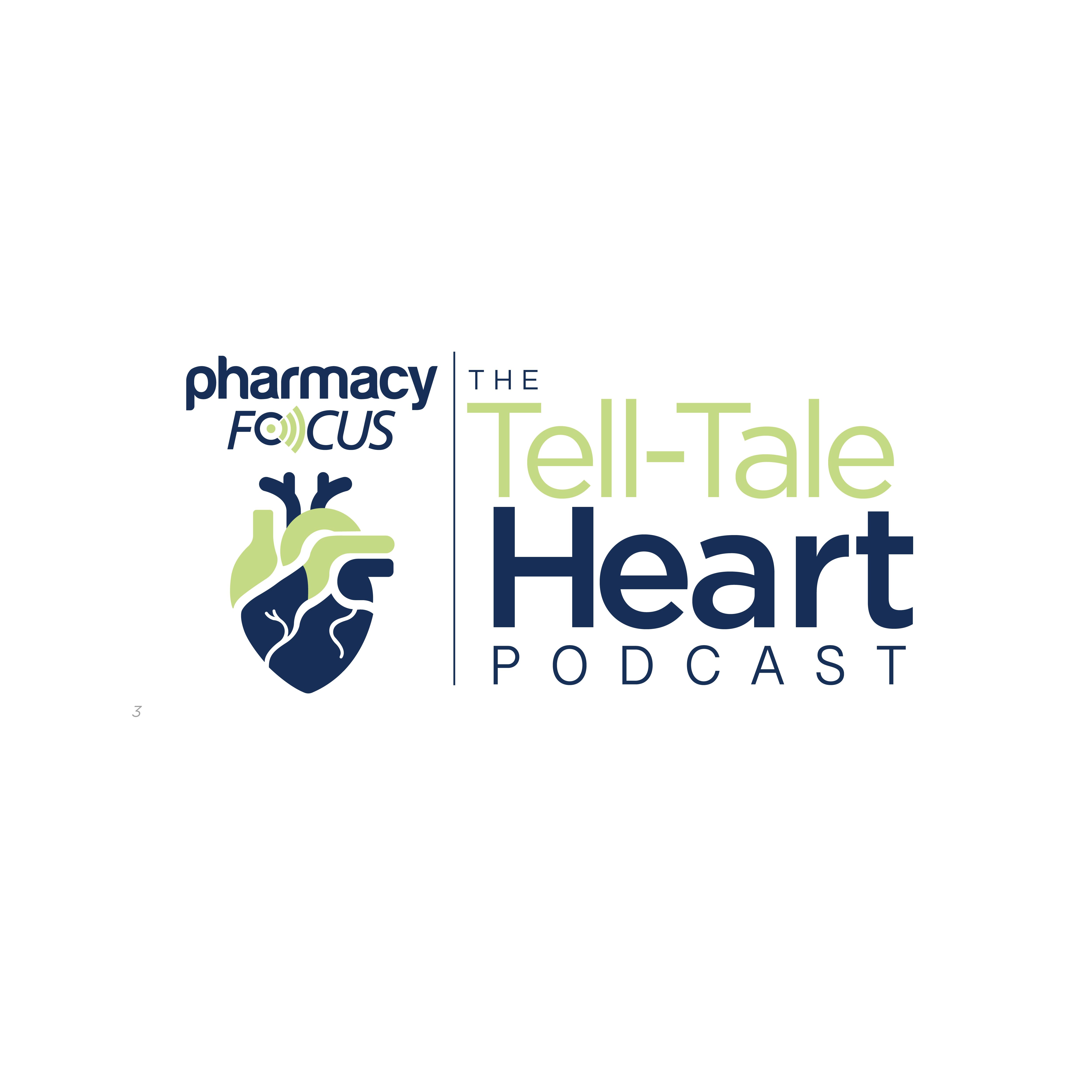News
Article
INCB057643 in Combination with Ruxolitinib Improves Symptoms in Patients With Myelofibrosis
Author(s):
Key Takeaways
- INCB057643, a BET inhibitor, shows potential in treating RRMF and other myeloid neoplasms, especially when combined with ruxolitinib.
- The phase 1 LIMBER trial evaluates INCB057643's safety, tolerability, and efficacy, focusing on spleen volume, symptom, and anemia responses.
INCB057643 shows promise in treating myelofibrosis, enhancing anemia and symptom relief.
INCB057643 (Incyte Corp) as a monotherapy or in combination with ruxolitinib (Jakafi; Incyte Corp) yielded favorable improvements in anemia, spleen size, and symptom burden in patients with relapsed/refractory myelofibrosis (RRMF), essential thrombocythemia (ET), myelodysplastic syndrome (MDS), or MDS/myeloproliferative neoplasm (MPN) overlap syndrome. The data from an ongoing phase 1 LIMBER trial (NCT04279847) were presented at the 2025 American Society of Clinical Oncology Annual Meeting in Chicago.1
Bone marrow fibrosis visualization | Image Credit: © LimeSky - stock.adobe.com

INCB057643 is an oral, small molecule targeting bromodomain and extra-terminal (BET) proteins, which influence and regulate gene expression and help drive cancer development. In MF, BET inhibitors demonstrate promising anti-cancer potential in preliminary clinical trials; however, they appear to be less efficacious as monotherapeutic agents. Thus, researchers are investigating the clinical benefit of INCB057643 in combination with Janus kinase (JAK) inhibitors, a cornerstone of MF treatment.2,3
LIMBER is a phase 1, open-label, dose escalation study evaluating INCB057643 as a monotherapy at a dose escalation of 4 to 12 mg daily (part 1) or in combination with ruxolitinib at a dosage of 4 mg once daily and escalating to the maximum tolerated dose in part 1 (part 2). The primary end points are safety and tolerability, with key secondary end points including spleen volume (SV) response (≥ 35% reduction from baseline [BL; SVR35] at week 24), symptom response (≥ 50% reduction from BL in MPN-Symptom Assessment Form total symptom score [TSS50] at week 24), and anemia response (sustained hemoglobin increase ≥ 1.5 g/dL from BL [if transfusion (TF) independent at BL] or TF independence [if dependent at BL] for ≥ 12 weeks).3
Of the trial participants, 48 (79%) had MF, 5 (8%) had MDS or MDS/MPN, and 8 (13%) had ET. Eighteen were treated in the monotherapy dose escalation arm, 20 in the monotherapy dose expansion arm, and 23 in the combination dose escalation arm. The median (range) INCB057643 exposure was 196 (15–812) days in monotherapy dose escalation, 155 (14–341) days in monotherapy dose expansion, and 176 (25–560) days in combination dose escalation.3
At week 24, SVR35 was achieved by 3 of 20 evaluable MF patients who were treated with any monotherapy dose (3 of 7 receiving ≥ 10 mg) and 4 of 17 treated with any combination dose. TSS50 at week 24 was achieved by 7 of the 19 evaluable MF patients treated with any monotherapy dose (5 of 8 receiving ≥ 10 mg) and by 8 of 16 treated with any combination dose. Six of the 22 evaluable monotherapy patients achieved a durable anemia response (2 TF-dependent at BL) compared with 4 of 20 patients receiving the combination therapy.3
The most common treatment-emergent adverse event (TEAE) was thrombocytopenia in 46% of the population, of which 26% were grade 3 or higher. Grade 3 or higher anemia occurred in 20% of patients. Thirty-one percent of patients experienced serious TEAEs, of which 5% were treatment-related. The researchers reported no fatal TEAEs and only 9 led to discontinuation.3
Two dose-limiting toxicities (DLTs) were observed in the monotherapy group: one at 12 mg due to thrombocytopenia and one due to hyperbilirubinemia. One DLT occurred in the combination therapy group at 6 mg. Additionally, 3 patients experienced transformation to acute myeloid leukemia: one with 4 mg monotherapy in the setting of MDS/MPN, one with 10 mg monotherapy with MDS, and one with 4 mg combination therapy with MF.3
The initial findings show the potential of BET inhibitor combinations in improving clinical outcomes for patients. Continued study is needed to further elucidate INCB057643’s place in the MF treatment paradigm.
REFERENCES
1. Safety and tolerability study of INCB057643 in participants with myelofibrosis and other advanced myeloid neoplasms (LIMBER). Updated June 12, 2025. Accessed June 30, 2025. https://clinicaltrials.gov/study/NCT04279847
2. Wang ZQ, Zhang ZC, Wu YY, et al. Bromodomain and extraterminal (BET) proteins: biological functions, diseases and targeted therapy. Sig Transduct Target Ther. November 6, 2023. Doi:10.1038/s41392-023-01647-6
3. Watts J, Vannucchi A, Hunter A, et al. Safety and efficacy of bromodomain and extra-terminal (BET) inhibitor INCB057643 in patients (pts) with relapsed or refractory myelofibrosis (r/r-MF) and other advanced myeloid neoplasms: A phase (Ph) 1 study. 2025 ASCO Annual Meeting. May 30, 2025, to June 3, 2025. Chicago, IL. Abstract 6574
Newsletter
Stay informed on drug updates, treatment guidelines, and pharmacy practice trends—subscribe to Pharmacy Times for weekly clinical insights.






